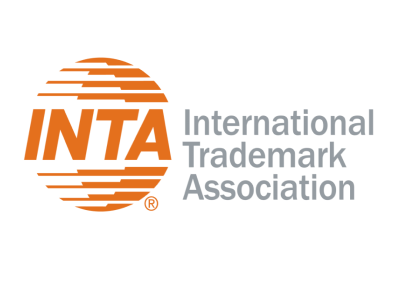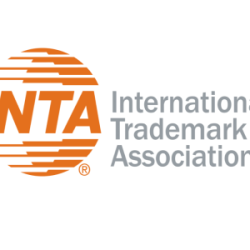New York, New York—January 9, 2025—The International Trademark Association (INTA) filed an amicus brief (Third Party Observation) with the Grand Board of Appeal (GBoA) of the European Union Intellectual Property Office (EUIPO) in Case R 50/2024-2, Johannes Hendricus Maria Smit v. EUIPO, relating to the protectability as a trademark of signs consisting of photorealistic facial images of people, including famous people.
The case concerns the registrability of a photorealistic image of a human face as an EU trademark. By EUTM application No. 014711907, filed on October 23, 2015, the applicant — who is a famous singer/actor in The Netherlands and popular in some other EU countries — is seeking to register an image of his face, which appears to be a “natural” depiction of the real appearance of his face in the manner of a photograph, as shown below:

By a decision on December 19, 2023, the examiner refused to register the photograph as a figurative mark for several goods in classes 9, 16, 24, and 25 and for services in classes 35 and 41 on the basis that the image lacks both distinctiveness and descriptiveness. On January 8, 2024, the applicant filed an appeal, primarily relying on some precedents of the EUIPO Boards of Appeal (BoA) that reversed a similar refusal in the past.
By a decision on September 26, 2024, the EUIPO Second Board of Appeal decided to refer the matter to the GBoA—which usually deals with important and/or highly controversial matters—to address the lack of consistency within the EUIPO when it comes to the protection of this kind of sign. In particular, the referral mentions that the Office appears to systematically refuse to register signs containing photorealistic facial images of people—for lacking inherent distinctiveness and/or for being descriptive—while the BoA recently took a more flexible approach.
In its brief, INTA points out that the application for registration of the photorealistic image of a face does not per se raise concerns with regard to the capability of distinguishing goods and services in general or with regard to distinctiveness, descriptiveness, or personality rights. Indeed, signs consisting of photorealistic facial images of people, including famous ones, are not per se excluded from trademark protection.
In particular, the fact that a sign is a portrait of a person — even a famous one — is not per se sufficient to establish that the sign lacks inherent distinctiveness under Article 7(1)(b) and/or is descriptive under Article 7(1)(c) EUTMR. Establishing whether a sign falls within any of the absolute grounds of refusal set forth in Article 7(1)(b) and (c) EUTMR is a complex assessment, which must be carried out by considering various factors and all the circumstances of the case, in light of the market practices of the relevant sector and taking into consideration that the perception of the public may vary over time.
In the assessment of the inherent distinctiveness/descriptiveness of signs consisting of photorealistic facial images of people, it is important to consider that the subject matter of trademark protection would not be the face of the person or his/her likeness in general but only the particular photorealistic image of that person. A mark consisting of photorealistic facial images of a person would have a life independent of the person depicted, no different from what happens to marks consisting of the drawing of faces (such as, for instance, the famous Kentucky Fried Chicken logo, depicting the face of Colonel Harland David Sanders, the founder of the fast-food chain).
The fact that physical features may change over time and/or the present fame of the depicted person does not necessarily affect the registrability of that person’s photorealistic image as a trademark.
Further, in its observation, INTA submitted that the reputation of the person would not per se be sufficient to establish acquired distinctiveness under Article 7(3) EUTMR since what is required to this end is a systematic use of the sign as a trademark and not the use of the face of the person for non-trademark purposes (e.g., catwalks by the model depicted on a mark for modeling services).
You may also like…
Powell Gilbert grows London team with four Associate hires
London - European IP law firm Powell Gilbert has today announced the expansion of its market-leading team of IP...
Com Laude to acquire Markmonitor in a landmark transaction
London, UK, 24 September 2025 – Com Laude, the London-headquartered supplier of corporate domain services owned by PX3...
Com Laude scales for second wave of dotBrands with FairWinds acquisition
Com Laude, the internet domain name provider to many of the world’s largest companies, owned by PX3 Partners, the...
Contact us share your movers & shakers news












